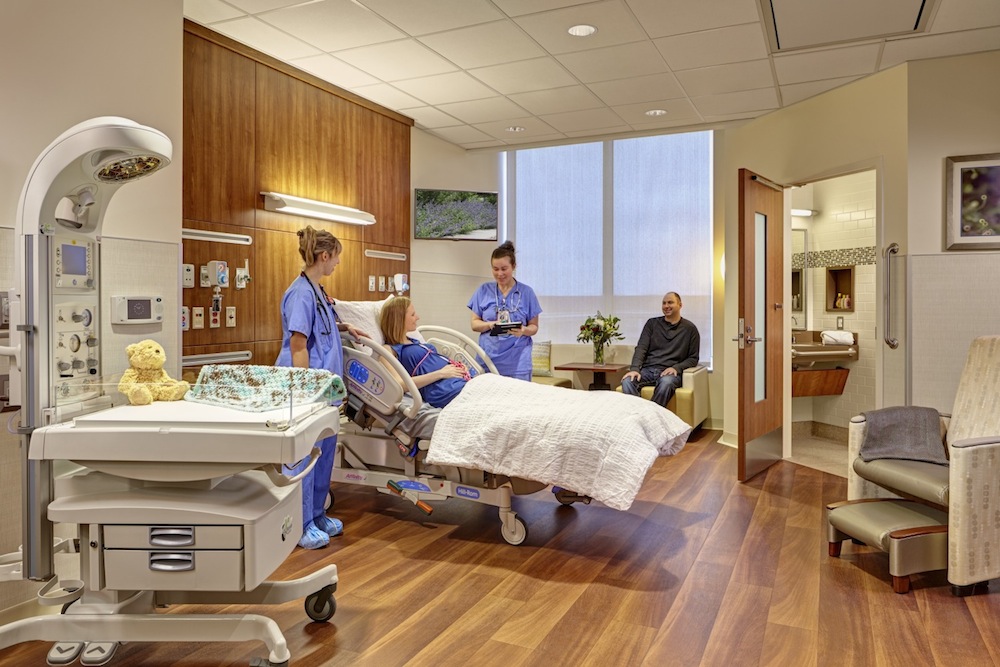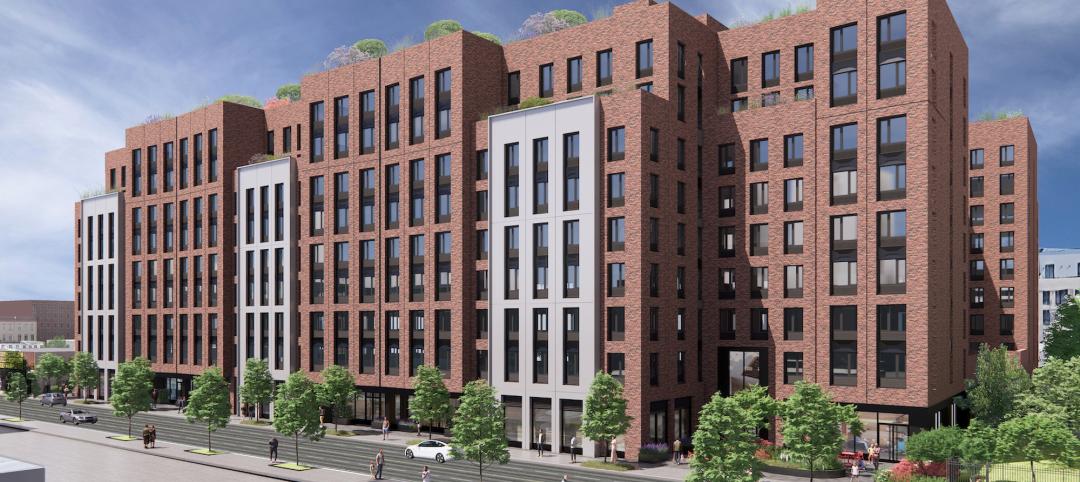The future of health and healthcare delivery is happening at lighting pace. Just more than a month into the New Year, there are numerous new efforts and developments spanning cancer care, medical research, health education that are both inspiring and exciting. Given our firm’s diversity, almost all of these efforts impact what we focus on with our clients, partners and internal teams.
Here is a look at three key trends defining the early weeks of healthcare in 2016:
The Renewed Fight on Cancer
President Obama’s announcement of the country’s renewed focus on fighting and defeating cancer during his State of the Union address earlier this year is good news for so many of the mission-driven organizations we work with that are focused on the disease. The new focus will bring enhanced resources to those organizations at the cutting edge of the fight, helping them advance their most successful treatment and research efforts. To begin the launch of this new effort to defeat cancer, Vice President Joe Biden toured the Penn Medicine Center for Advanced Celllular Therapies I wrote about last month. He and other leaders see Penn Medicine’s work on personalized medicine as critical to the success of their effort.
 Kaiser Permanente Kraemer Radiation Oncology Center
Kaiser Permanente Kraemer Radiation Oncology Center
Beyond that, other organizations like ProHealth Care are focused on elevating patient engagement strategies to enhance care for cancer patients. The organization’s new freestanding ambulatory cancer center is focused on educating patients about how to avoid ED visits, inpatient stays and missed clinic appointments while also helping them develop strong support groups and increase their strength during chemo treatment. At Kaiser Permanente, the organization has developed its Kraemer Radiation Oncology Center with above ground radiation treatment centers that allow for patients to access natural light, views to nature and soothing interior colors during their difficult treatment sessions. This is a departure from traditional design that always placed these centers below ground to accommodate heavy equipment and to shield radiation. Kaiser is leading the way on tackling these challenges and enhance care for its patients.
All of these efforts – from the President’s declaration to the tireless efforts of health providers around the world to advance research, care and treatment options inspire me as we head further into 2016.
New Delivery Solutions for Health Providers
Health providers face increased pressure to design and construct facilities that are high-quality, high-performance and cost-efficient all wrapped in one. Thankfully, the industry is beginning to advance key single-source delivery options like Design-Led Construction (DLC) that make this possible. In a new piece from Building Design + Construction, my colleague shares reasons the C-Suite should care about DLC relative to its ability to accelerate speed-to-market, achieve guaranteed price, reduce inefficiencies and allow organizations to greatly reduce the risk associated with these projects.
 Wexford Health & Wellness Pavilion
Wexford Health & Wellness Pavilion
Cancer CenterAllegheny Health Network recently leveraged DLC to create its Wexford Health & Wellness Pavilion in western Pennsylvania. DLC helped them achieve a 22-month design and construction schedule (construction completed on time in 18 months) while also adhering to an early established $57.4 million guaranteed maximum price and incurring $0 in error and omission change orders. This kind of streamlined delivery not only makes life easier for health providers, it helps them delivery high-quality care to their communities sooner and at a cost that doesn’t detract from other organizational goals.
Stronger Focus on Health Sciences Education
With the rapid evolution of healthcare comes the need to adapt how we educate students to help them fill the medical jobs of the future. Malcolm X College in Chicago is responding to this need with its new School of Health Sciences. The 1-million sf facility can accommodate up to 20,000 students and houses state-of-the-art technologies and services including:
- A virtual hospital complete with operating and emergency rooms
- Nursing, radiography, respiratory care and science labs
- An ambulance for EMT simulations
- A free dental hygiene clinic to open in 2016
- An exercise and sports sciences area that features a 900-seat gymnasium, two therapy pools and one lap pool
The new School of Health Sciences will help close the gap between the current market of qualified healthcare professionals and the projected 84,000 healthcare jobs in the region over the next decade. The facility is informed by experts spanning education, healthcare, science, urban planning, architecture and engineering– and also required strong collaboration with key partners including AOR Moody Nolan and CM Jacobs Management Co.
These are just a few of the exciting developments already making 2016 a strong year for the advancement of healthcare.
About the Author: Deb Sheehan, Executive Director of CannonDesign’s Client Strategies Team, has overseen more than $4 billion in design solutions for healthcare systems worldwide. Regarded for her ability to activate organizational change, Deb has advanced value and performance as the drivers of design in the firm’s re-engineered project delivery process. From repositioning service lines for an academic medical center to introducing care innovations at a community emergency department, Deb helps assure that every capital investment is aligned with an optimized business model. She is a sought after industry expert, frequently contributing to outlets such as the American College of Healthcare Executives, Modern Healthcare and Becker’s Hospital Review.

More from Author
CannonDesign | Jan 3, 2024
Designing better built environments for a neurodiverse world
For most of human history, design has mostly considered “typical users” who are fully able-bodied without clinical or emotional disabilities. The problem with this approach is that it offers a limited perspective on how space can positively or negatively influence someone based on their physical, mental, and sensory abilities.
CannonDesign | Oct 23, 2023
Former munitions plant reimagined as net-zero federal workplace
The General Services Administration (GSA) has embraced adaptive reuse with Building 48, an exciting workplace project that sets new precedents for how the federal government will approach sustainable design.
CannonDesign | Aug 22, 2023
How boldly uniting divergent disciplines boosts students’ career viability
CannonDesign's Charles Smith and Patricia Bou argue that spaces designed for interdisciplinary learning will help fuel a strong, resilient generation of students in an ever-changing economy.
CannonDesign | Jul 10, 2023
The latest pediatric design solutions for our tiniest patients
Pediatric design leaders Julia Jude and Kristie Alexander share several of CannonDesign's latest pediatric projects.
CannonDesign | May 11, 2023
Let's build toward a circular economy
Eric Corey Freed, Director of Sustainability, CannonDesign, discusses the values of well-designed, regenerative buildings.
CannonDesign | Apr 10, 2023
4 ways designers can help chief heat officers reduce climate change risks
Eric Corey Freed, Director of Sustainability, CannonDesign, shares how established designers and recently-emerged chief heat officers (CHO) can collaborate on solutions for alleviating climate change risks.
CannonDesign | Mar 9, 2023
5 laboratory design choices that accelerate scientific discovery
Stephen Blair, director of CannonDesign's Science & Technology Practice, identifies five important design strategies to make the most out of our research laboratories.
CannonDesign | Feb 9, 2023
3 ways building design can elevate bold thinking and entrepreneurial cultures
Mehrdad Yazdani of CannonDesign shares how the visionary design of a University of Utah building can be applied to other building types.
CannonDesign | Jan 9, 2023
How modular solutions can help address skyrocketing construction costs
Modular builder Joshua Mensinger details three ways modular solutions aid in lowering construction costs.
CannonDesign | Dec 9, 2022
What's old is new: Why you should consider adaptive reuse
While new construction allows for incredible levels of customization, there’s no denying that new buildings can have adverse impacts on the climate, budgets, schedules and even the cultural and historic fabrics of communities.
















